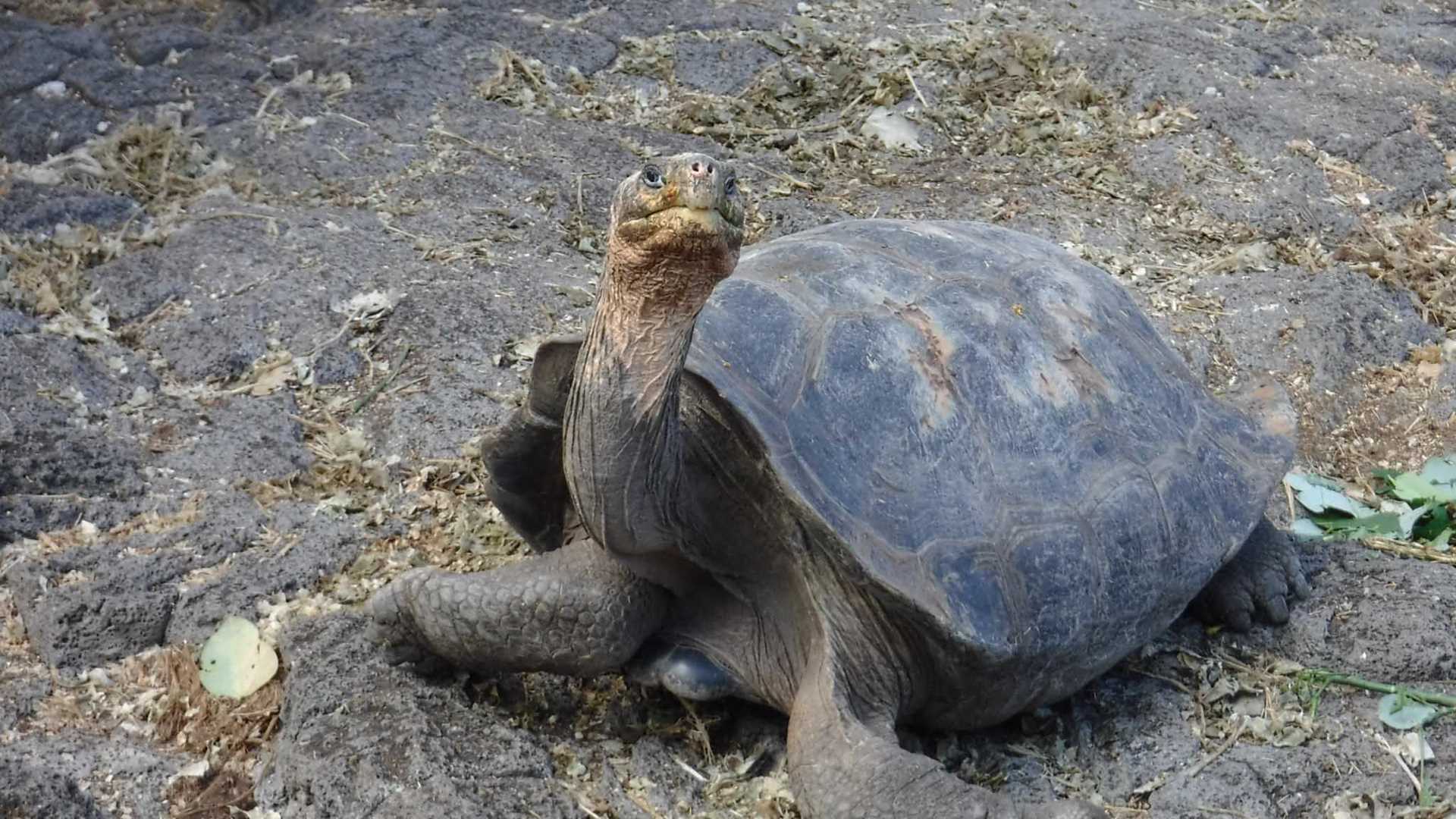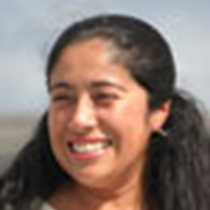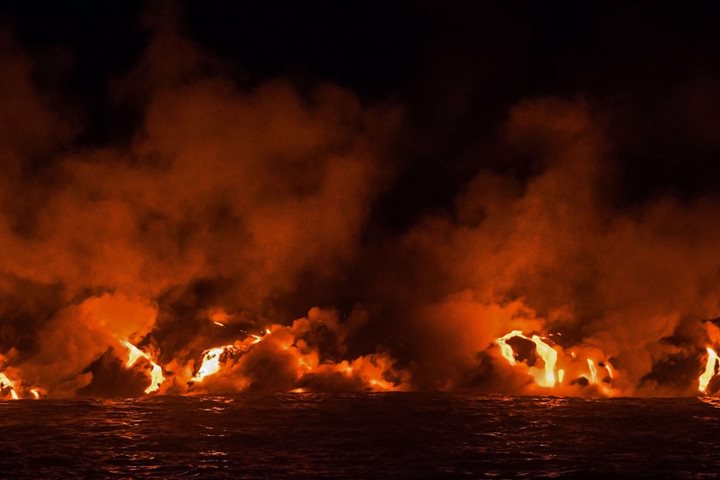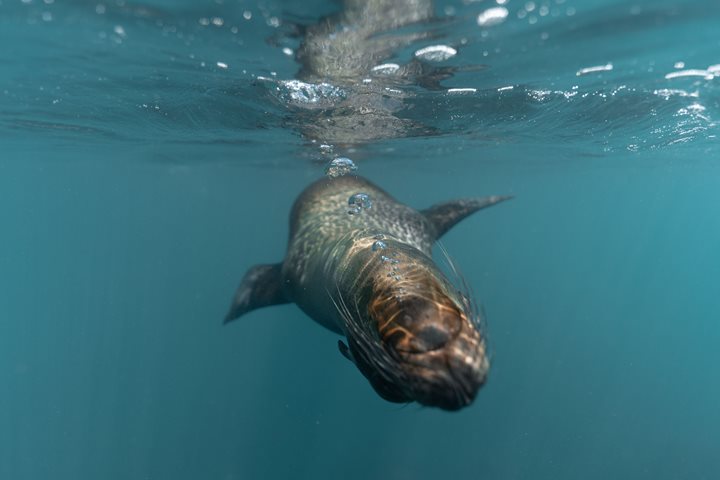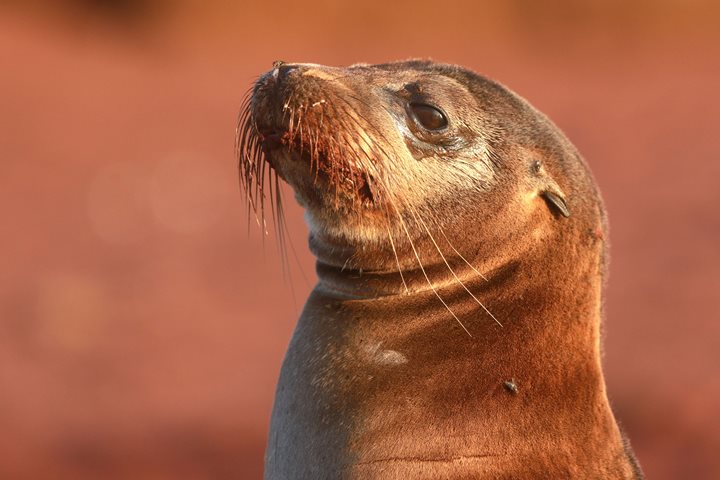Today we visited my home island: Santa Cruz. The morning started with a visit to the giant tortoise-breeding center. Here our guests learned about the hard work and dedication of scientists and park rangers, who through the decades have worked to restore the numbers of the emblematic animals of the Galapagos. Here our guests can wander around town, buy souvenirs, and take pictures of local life. The afternoon was dedicated to exploring the highlands, where big lava tubes are found, so we visited one. There was also an optional visit to a local school, a local farm, and the best part of the day—visiting the giant tortoises in their natural habitat. What a great day in paradise! Galapagos is one of the best-managed national parks in the world.
- Daily Expedition Reports
- 04 Jul 2018
Santa Cruz Island, 7/4/2018, National Geographic Islander
- Aboard the National Geographic Islander
- Galápagos
Vanessa Gallo, Naturalist
Vanessa Gallo’s grandparents arrived in the Galápagos Islands in 1936, making her the third generation of her family to live and work in this magical archipelago. She left the islands for the capital city of Quito for high school, where she discovere...
Read MoreSteve Ewing, Videographer
Born and raised in the Pacific Northwest, Steve fell in love with the beauty of the natural world at an early age. In addition to nature, his other main passion was telling stories though the medium of television and radio. Steve studied broadcast jo...
Read MoreShare Report
Related Reports
11/23/2022
Read
National Geographic Islander II
Isabela and Fernandina
Our day began with the chance to point out a lot of interesting geological features as we enjoyed Zodiac tours along a massive flank of Ecuador Volcano on Punta Vicente Roca. In the afternoon, we took a sunny walk on Punta Espinoza on Fernandina Island. We spotted many iguanas, and a bunch of sea lions hanging around, too.
11/22/2022
Read
National Geographic Islander II
North Seymour & Rabida Islands
Relatively small and low compared to neighboring Santa Cruz, North Seymour is located to the north of Baltra. The island is dry with predominantly low shrubs, like prickly pear cacti. The incense trees are bare during the dry season. Seabirds like frigatebirds and blue-footed boobies nest on the island, and sea lions rest on the sand when they are not fishing. Land and marine iguanas also live here. Rabida is in the middle of the archipelago and has a striking red sand beach. We observed a small colony of sea lions of all ages resting or nursing. Behind the beach, American flamingos nest in a brackish lagoon. This island is full of contrasts and wildlife that we enjoyed observing during this day of expedition.

